Elevate Your E-commerce Success 📈
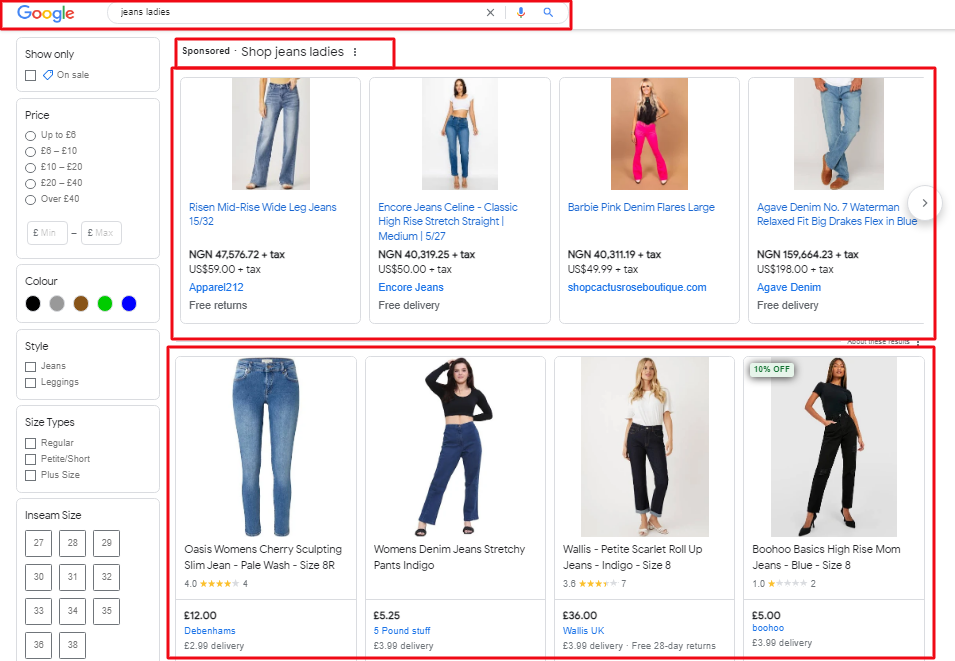
As an online retailer, attracting customers to your store can sometimes be quite tasking, especially when funds for advertising campaigns are tight.
Thankfully, there’s an excellent solution – Google Shop listing. This can be a game changer for your e-commerce business if you learn to harness its benefits.
With an organic listing on Google Shopping, you can benefit from zero overhead cost. It allows you to connect with a large number of potential customers without breaking the bank.
In this comprehensive guide, I show you the ins and outs of Google Shopping organic listings. How you can set up your products to take advantage of this fantastic opportunity.
By investing time in optimising your product listings and understanding Google’s algorithms, your online store could see a significant increase in traffic, conversions and, ultimately, sales.
So, let’s dive in and discover how you can make Google Shopping work for you without spending a penny on ads!
Understanding Google Shopping 📈
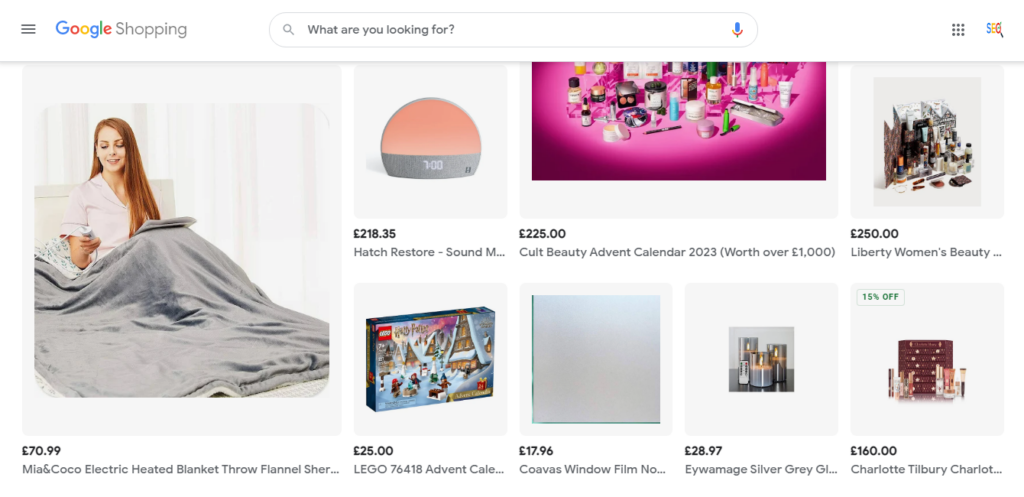
What is Google Shopping?
For online shoppers, Google Shopping is an efficient platform to discover new products. Google Shopping offers a seamless shopping experience.
It allows people to search for, compare, and buy products from various online retailers. The main advantage of Google Shopping is its integration with the Google search engine, making product discovery a breeze.
Organic Listing in Google Shopping
Organic listings/free listings are unpaid product placements that appear in the Google Shopping search results. These are excellent opportunities for smaller businesses and startups that may not have the budget for paid ads.
Organic listings can help businesses achieve increased visibility. This potentially drives more traffic and sales without investing heavily in advertising campaigns.
To leverage this feature, you have to ensure that your store’s product listings are accurate, relevant, and updated. This way, Google’s algorithm can better understand and rank your products. This, in turn, improves their visibility in the search results and provides potential customers with better shopping options.
Organic Listings Vs Paid Listings on Google Shopping

There are two main ways to appear on Google Shopping:
- Organic listings
- Paid listings
Both have their pros and cons and from my experience, I’d like to share my thoughts on these strategies;
Organic listings on Google Shopping are the unpaid search results that show up when users search for products. These results are based on the relevance of the listed products in relation to the user’s search query.
From experience, it is more challenging to get listed organically in Google Shopping (especially if you don’t know what you are doing), as it involves optimising your product descriptions and ensuring your website is SEO-friendly.
However, organic listings tend to require less time and money to maintain once they have reached a desirable position on Google Shopping.
In contrast, paid listings are the advertisements that show up on Google Shopping results, placed above or below the organic results.
These listings are created and maintained using Google Ads, and they are charged on a pay-per-click basis.
Though reaching the first page of Google Shopping is easier with paid listings, you also need to consider their ongoing cost.
Paid listings can be helpful for your business if you’re looking to promote certain products or increase your store’s visibility quickly.
While Google Shopping organic results appear only on the Shopping tab, the product carousels on the main Google search page still contain paid ads.
So, when it comes to visibility and how shoppers engage with your products, it’s good to remember that both organic and paid listings can work together for maximum impact.
To sum it up, organic and paid listings on Google Shopping have their advantages, as well as some challenges. Personally, I find that a balanced approach—one that combines the long-term benefits of organic listings with the instant visibility of paid listings—works best for your business.
Why Use Google Organic Listing?
#1 Increasing Visibility
From my experience, organic listings on Google Shopping play a significant role in improving the visibility of your products.
Since these listings are not paid ads, they have the potential to reach a wider audience, as they might appear more credible and relevant to users.
By optimising your product listings with high-quality images, accurate descriptions, and competitive prices, you’ll be able to attract more potential customers and increase traffic to your online store.
#2 Increase Sales
Another advantage of organic listings on Google Shopping is the potential for increased sales. Through organic listings, you’ll be able to showcase your products to buyers who are actively searching for similar items. This ultimately increases the chances of making a sale.
Additionally, because you don’t have to pay for these listings, any sales generated from them result in a higher profit margin for your business. It’s a win-win situation!
#3 Enhancing Brand Image
Organic listings can help you enhance your brand image.
By consistently displaying high-quality products, adhering to Google’s guidelines, and providing excellent customer service, your online store can gain a positive reputation among shoppers and the e-commerce community in general.
This, in turn, will lead to more loyal customers, numerous referrals, and even collaborations with other retailers in your niche.
Types of Google Shopping Free listings
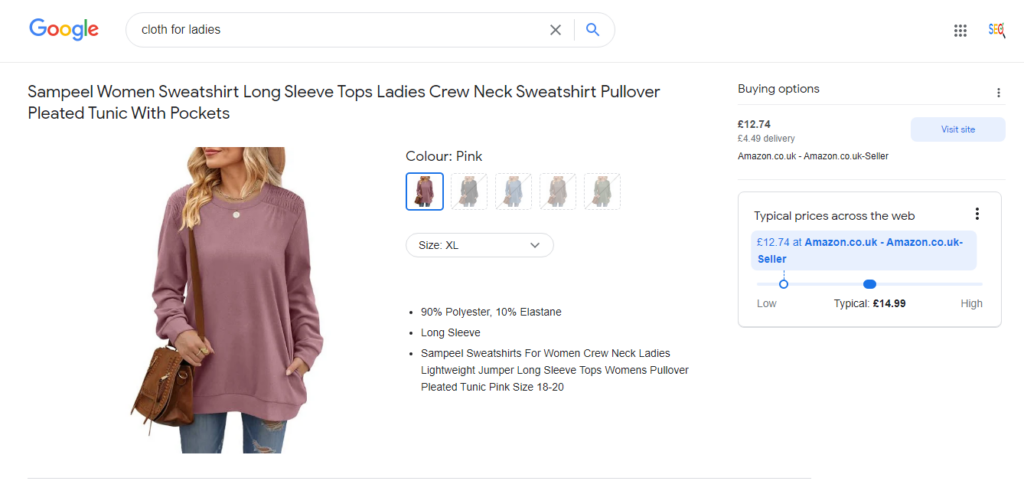
Google Shopping offers two types of organic listings:
Enhanced listings and Standard listings. Each type has specific requirements and display options on Google’s various platforms.
#1 Standard listings
- Require fewer product data attributes.
- Retailers can submit product data either through Merchant Center or structured data markup.
- Display across Google Search, Google Images, Google Lens, and other platforms.
Here are the essential product attributes for Standard listings:
- Id
- Title
- Link
- Image link
- Price
#2 Enhanced listings
- Require more quality data and product attributes.
- Retailers can only submit product data through Merchant Center.
- Appear on various Google platforms, including the Shopping tab, YouTube, Google Search, Google Images, and Google Lens.
Here are the essential product attributes for Enhanced listings:
- Description
- Availability
- Condition
- Brand
- Gtin
- Mpn
- Multipack
- Bundle
- Colour
- Size
- Age group
- Gender
- Item group ID
- Shipping
- Tax
- Pattern
- Material
- Additional image link
- Condition
- Size type & Size system
- Link in Google Search Index
How are Organic Listings Displayed?
Google displays these organic listings on various platforms:
- Shopping Tab: Enhanced listings appear here and are accessible from desktop and mobile devices. Local store products can also be listed, including store information.
- Google SERP (Google.com): Enhanced listings may display as rich results, popular products (for apparel and accessories), and the Top 24 for specific product categories.
- Google Images: Product labels indicate that users can purchase products by visiting image links.
- YouTube: Enhanced listings can appear under YouTube videos, and relevant product listings can show up in search results (mobile-only feature, limited to specific countries).
How to Submit Your Product for Free Google Product Listing
To list your products for free on Google Shopping, follow these steps:
Create a product feed file that contains product information like name, price, category, brand, stock, shipping, etc.
Set up a Google Merchant Center account and activate free product listings. You can access Google Merchant Center with a Gmail account and follow the prompts to create your free product listings. This involves providing business information, verifying your website, filling out shipping and sales tax details, and uploading the product feed file.
Google will review your submitted data, and your products will be listed in the Google Shopping free listings once the review process is complete.
Designing Effective Product Listings
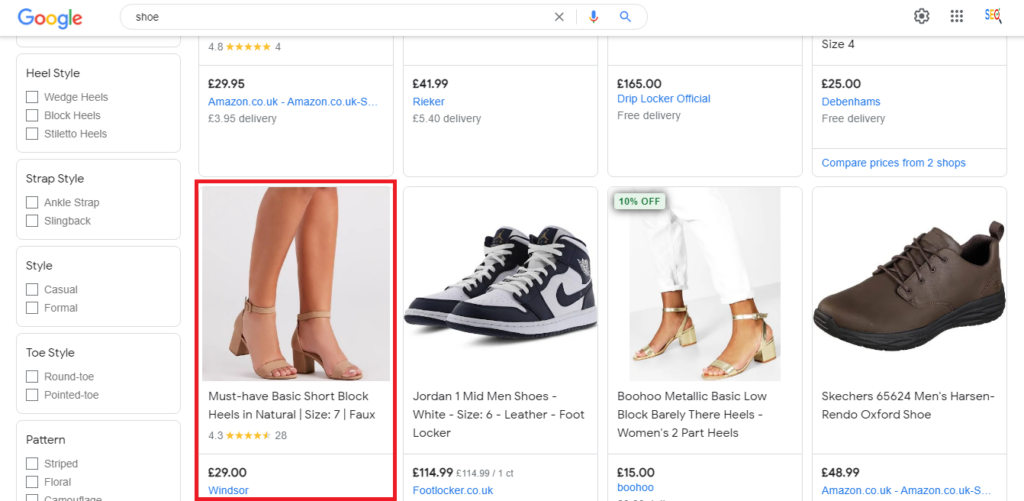
Now, let me share with you the tips I use for designing product listings. This will help you improve organic visibility and increase sales.
#1 Product Images
Visual appeal plays a significant role in attracting potential customers to your products. Here are some essential tips to keep in mind when uploading product images:
- Make sure the images are clear well-lit, and showcase the product from various angles.
- Use a white or neutral background to avoid distractions and make your product stand out.
- Include images showcasing the product’s features or demonstrating it in use.
#2 Product Descriptions
When writing product descriptions, you should focus on providing accurate, relevant, and engaging information that will inform and persuade potential customers.
Here’s my approach:
- Highlight the most critical features and benefits of the product. These should address the needs and preferences of your target audience.
- Use clear, concise, and easy-to-understand language. Avoid jargon and technical terms that might confuse potential buyers.
- Break up the text into shorter paragraphs, bullet points, or lists to make the description easy to read and digest.
#3 Product Reviews
I view product reviews as social proof for a listing. They help potential customers trust your products and give them the confidence to make a purchase.
To encourage and showcase reviews, I recommend the following:
- Make sure to provide excellent customer service. A positive buying experience can increase the chance of receiving positive reviews.
- Respond to customers’ reviews, both positive and negative. This shows that you care about their feedback and are willing to improve.
- Showcase the best and most relevant reviews, which can help potential customers make an informed decision.
Strategies for Optimising Organic Listing
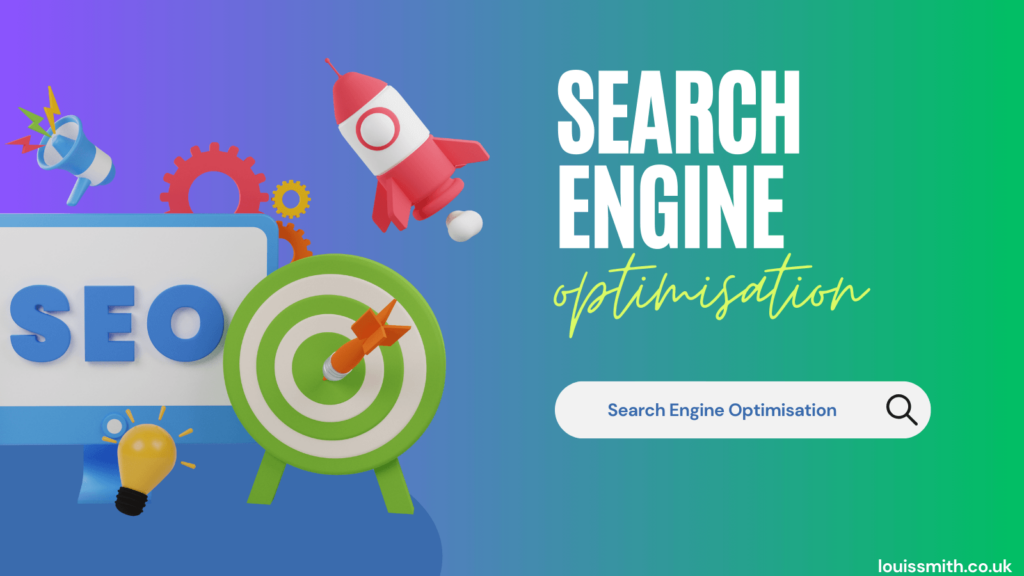
Here are some key strategies I focus on to enhance product listings and drive more traffic to my clients’ store;
#1 SEO Techniques
I’ve found that focusing on SEO techniques can significantly improve your organic listings on Google Shopping.
Here is what you need to do;
- Optimise product titles
- Use high-quality images
- Create detailed descriptions that include relevant keywords (Incorporate these keywords into your product titles, descriptions, and meta tags)
This way, you can make it easier for potential customers to find your products when searching on Google. Also, make sure to regularly update your product information to keep it relevant and accurate.
#2 Link Building
One of the tactics I use to enhance organic listings on Google Shopping is link building.
Building backlinks to your store from reputable sources helps to establish credibility and improve your website’s ranking on search engine results pages (SERPs).
You easily build backlinks using various strategies such as guest posting, blogger outreach, and social media marketing.
#3 Mobile-Friendly Website
In today’s increasingly mobile-driven world, you need to make sure that your online store is easily accessible and user-friendly on all kinds of devices.
You need to design your website to be fully responsive and capable of adapting to different screen sizes. Ensure that there’s a seamless browsing experience for users on smartphones, tablets, and computers.
#4 Engaging with Customers
Building a strong connection with customers is also important for improving your organic listing.
I’ve found that regularly responding to customer reviews and queries can help build trust and showcase your dedication to providing excellent service.
Also, you can put more effort into creating engaging content, such as blog posts and social media updates. Ensure that they provide valuable information and showcase the unique selling points of your products.
Monitoring and Improving Organic Ranking

Here is how you can monitor and improve your store’s ranking;
Monitoring Metrics
To track your store’s progress on Google Shopping, try to keep an eye on specific metrics. These key performance indicators (KPIs) offer valuable data to improve your organic ranking:
- Impressions: The number of times your products appear in Google Shopping search results. If your impressions are low, it means either your products aren’t well-optimised, or they’re not relevant to user searches.
- Clicks: The number of times users click on your products. Higher clicks indicate that your products are enticing to shoppers, and they’re more likely to make a purchase.
- Click-Through Rate (CTR): This is the percentage of clicks based on the total number of impressions. A higher CTR implies that your products are appealing and well-optimised for Google Shopping.
- Conversion Rate: The percentage of users who make a purchase after clicking on your products. This helps you identify if there are any issues with your product pages or shopping experience.
Using Google Analytics for Traffic Insights
I regularly use Google Analytics to analyse a store’s traffic. It helps me understand the audience and improve user experience.
Here are a few ways I use this tool to gain insights:
- Segmenting Google Shopping Traffic: I apply filters in Google Analytics to specifically analyse the traffic coming from Google Shopping. This way, I can get a clear picture of how well organic listing efforts are working.
- Identifying Top-Performing Pages: By finding the pages with the most traffic and highest conversion rates, I’m able to understand which products are doing well and which require optimisation.
- Analyzing Bounce Rates: If I notice a high bounce rate on certain pages, it means users are leaving the store without engaging in any meaningful action. Bounce rates help me identify potential issues on these pages, such as slow loading time or poor design.
By monitoring these metrics and using Google Analytics, you’ll be better equipped to improve your store’s organic ranking on Google Shopping. It’s a continuous process, but I’m confident that with consistent observation and optimisation, your online store will keep climbing the ranks.
GET IN TOUCH
Schedule an SEO session and get started on the path to grow your eCommerce store
You’re just one click away from improving your product rankings, increasing sales, and growing your brand’s market share against competitors.

